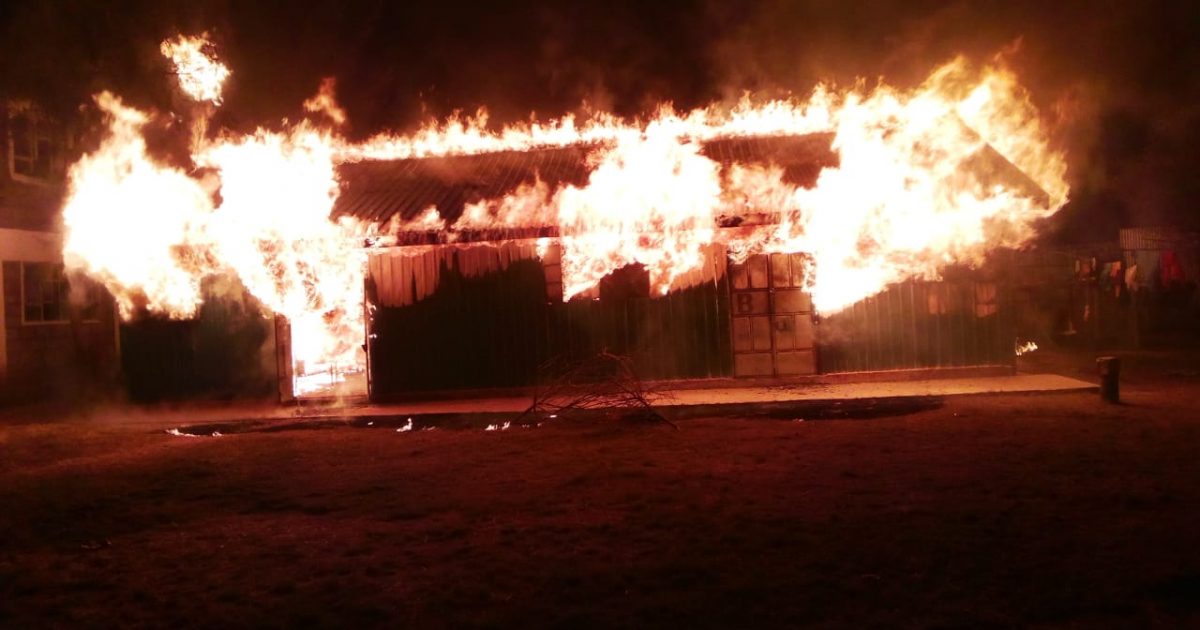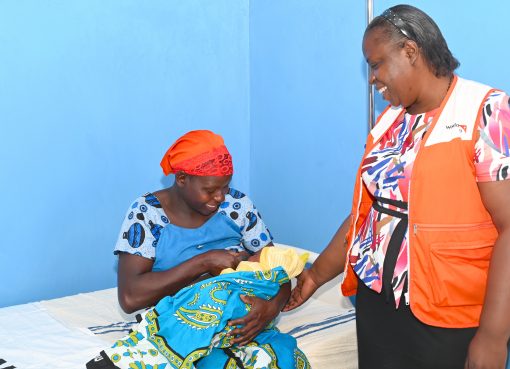Members of the public have been asked to tread carefully around appliances that might cause fires and subsequently result in bodily harm and death.
Under the theme ‘Zingatia Usalama wa Jamii’ during this year’s Fire and Safety Awareness Week, the Burns Society of Kenya, a Non-Governmental Organization (NGO), has partnered with sector stakeholders to sensitize the public on fire safety and burn injuries.
The NGO collaborates with stakeholders from Ministries, Departments and Agencies (MDAs), State and Non-state actors including the National Disaster Management Unit (NDMU), Kenya Red Cross, St. John Ambulance, Kenya Fire Department, Kenyatta National Hospital (KNH), and Kenya Power and Lighting Company (KPLC) among others, to minimize the cases of fire in the country.
Speaking at a media briefing Tuesday at KNH, Dr. Saidi Shaban, Chairman NDMU and a reconstructive and cosmetic surgeon, noted the worrying trend of rising cases of burns victims each year in the country.
“We should stick together in an inclusive environment and sensitize the public on how to prevent fires, protect themselves in case of an outbreak, and mobilize resources to assist victims in addition to creating awareness through community outreach,” he said.
Red Cross Country Coordinator, Patience Gitonga said her humanitarian organization offers support in terms of response and development to alleviate human suffering. She said they were engaged in building capacity for the community they worked for and consulted with.
“Vulnerability assessment especially in informal settlement is vital in cases of fire,” she noted, adding that even if cases of fire reduced, the impacts through the loss of life and property are still there.
Gitonga urged all the sector stakeholders to embrace capacity building and make the community a center of design in their progress.
“We enable communities to design approaches while working with and empowering the youth, persons with disability, and women,” she added.
Further, she encouraged the extension of knowledge to the rest of the public through information and innovative approaches, such as installation of fire alarms, to fight fires and enable first respondents to reach the scene on time.
St John Ambulance Chief Executive Officer (CEO), Mrs. Alome Achayo stressed on the need for everyone to have the knowledge of first aid especially the nannies that cared for children.
She noted that many accidents happened in the households, and St. John Ambulance through its core principle of first aid, is determined to save lives and serve humanity.
“Some of the Gender Based Violence is perpetuated through burns and children ultimately become either collateral or intentional victims,” she said.
Achayo revealed that the institution frequently holds training on public safety and that all members of the public are invited to take part and consequently assist in creating awareness on a much larger scale.
Stephen Mwai from the Kenya Fire Department in Nairobi said that the burden of firefighting and prevention has been reduced due to the collaboration with other stakeholders like Kenya Power.
He cautioned the public about the daily exposure to risks of fire citing the gas cylinders as a major cause to household fire injuries.
“Delayed calls to first respondents, hostility from the community, and negligence are major impediments to the department’s goal to keep people safe and protect property,” he said.
Dr. Evanson Kamuri, CEO KNH said the burns awareness week aimed at improving knowledge and practice in managing burns while also creating a forum for advocating on matters aimed at confining the burden of burns.
He approximated the annual occurrence of burn cases in Kenya at 200,000, noting that out of 698 patients admitted to KNH the previous year, 58 percent were males of different age groups and 20 percent of the total admission succumbed to various complications.
“Children below 5 years made up 48 percent of the admissions and therefore being male and a child, according to the data, are perhaps independent risk factors for sustaining burns,” he added.
He noted that while children sustained more scalds than any other age group, gas fires, house fires and electrical burns, in descending order of contribution, caused the most significant injuries.
“Poor infrastructure and structural design, a weak health referral system, and challenges in healthcare financing are some of the risks faced in management of burns in Kenya,” he decried.
The CEO nevertheless, commended the government for committing more money to hasten the completion of the new state of the art burns center which will see the improved care to burn patients with reduced mortality and complications, both short term and long term.
By Michael Omondi




